Estimated reading time: 11 minutes
Building trust with a new parakeet can often feel like learning an entirely unfamiliar language. As a new owner, you may notice your feathered friend is timid or unsure around you, which can make creating that all-important bond seem challenging.
It’s natural for these little birds to be wary in their new home, leaving many owners searching for ways to bridge the gap between curiosity and companionship.
One key fact to remember is that building trust doesn’t happen overnight. Like any good friendship, it takes time and effort.
Our article promises to guide you through the process of turning your cautious bird into a confident companion who sees you as a trusted ally rather than a looming giant.
Get ready to learn how patience, environment, and gentle interactions will lead you down the path of forming a lasting bond with your parakeet. Keep reading – it’s simpler than you think!
Key Takeaways
- Building trust with your parakeet takes time and effort, requiring patience and consistent interactions to establish a lasting bond.
- Creating a comfortable environment for your parakeet involves positioning the cage in a quiet area, providing suitable perches, toys, and minimizing stress factors like loud noises and sudden movements.
- Handling and bonding with your parakeet require gentle but secure handling, positive reinforcement through treats and soft speaking, and gradually training them to perch on your finger to build trust.
The Importance of Patience and Consistency
Patience and consistency are like the secret sauce in the recipe for bonding with your parakeet. Trust grows slowly between you and your feathered friend. Every day, by being patient and sticking to a routine, you show your parakeet that it’s safe around you.
With time, these regular calm moments together teach your bird that good things happen when you’re near. This is how a strong bond starts.
Being consistent means doing similar activities at the same times so your parakeet knows what to expect from you. Use treats as rewards often to make training fun and show them love for their positive behavior.
Your bird will start looking forward to seeing you! Remember, rushing can scare your pet or break trust; always move at a pace comfortable for both of you.
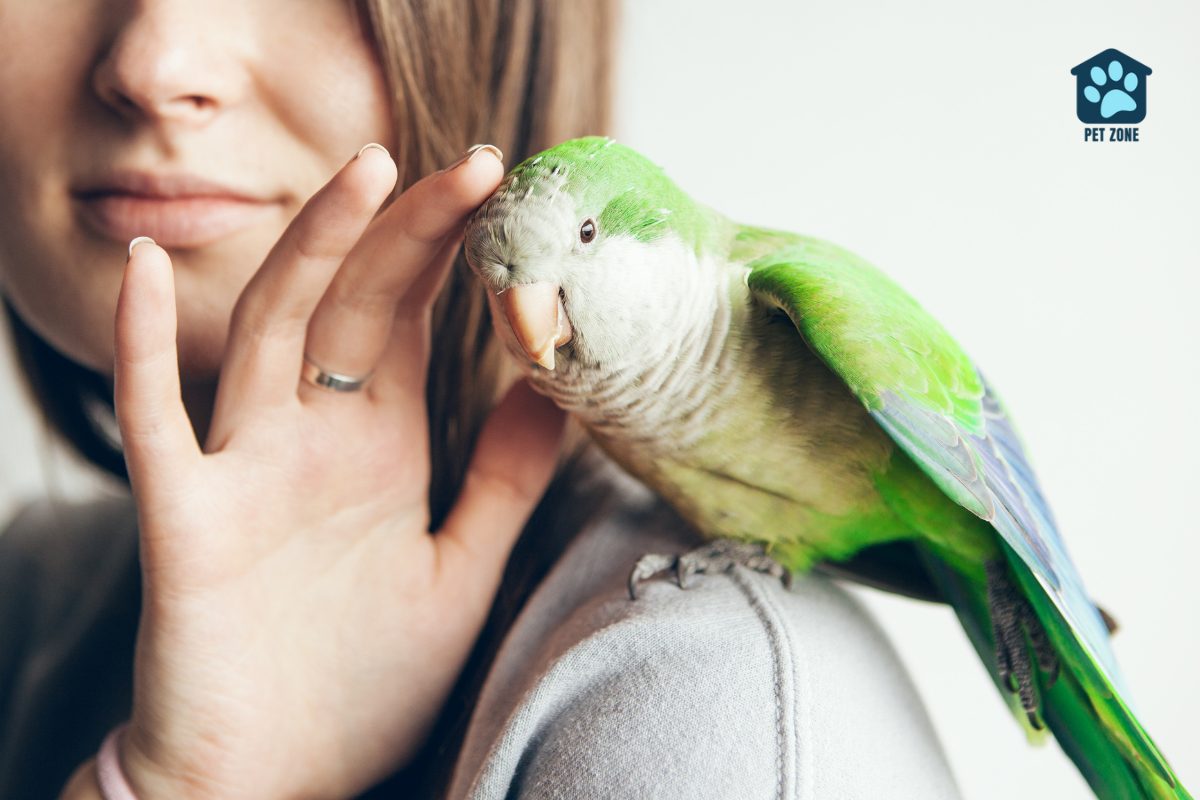
Creating a Comfortable Environment
Ensuring a suitable habitat for relaxation and trust-building
Having a happy and trusting parakeet starts with the right home setting. Here’s how you can create a habitat that helps your feathered friend feel safe and comfy:
- Choose a big cage: Your parakeet needs lots of space to move, play, and spread its wings.
- Put the cage in a good spot: Keep it away from loud noises and harsh sunlight but in a place where your bird can still watch what’s going on.
- Line the cage with paper: It’s easy to clean and won’t harm your bird if it plays with or eats it.
- Add perches at different heights: This lets your parakeet choose where it feels best sitting or sleeping.
- Give them toys: Toys help your parakeet stay busy and smart, so make sure there are enough inside the cage.
- Make sure there’s food and water: Have fresh water and healthy food available all the time for your bird to enjoy.
Cage setup and positioning
Setting up your parakeet’s cage properly is very important. It makes your new friend feel safe and helps with bonding.
- Choose a square or rectangular cage so your bird feels secure and is not stressed.
- Place the cage where one side is against a wall, giving them a sense of safety.
- The best spot for the cage is in a corner of a quiet room where they can watch from two sides.
- Make sure the bars are just the right space apart. This stops your bird from trying to squeeze through or getting hurt.
- Put perches at different heights inside, but not over food and water dishes. Droppings can make them dirty!
- Add toys but avoid crowding the cage. Your parakeet needs room to move and play.
- Keep the cage away from drafts, direct sunlight, and loud noises which can scare your parakeet.
- Place food and water dishes up high in their living space. Parakeets like eating up off the ground.
Minimizing stress factors
After setting up the cage and positioning it in a suitable environment, minimizing stress factors is crucial for building trust with your parakeet. Here are some important steps to consider:
- Reduce loud noises and sudden movements in the vicinity of the bird to create a calm atmosphere for your parakeet.
- Ensure a stable and predictable routine for feeding, handling, and interacting with your parakeet to minimize anxiety caused by unpredictability.
- Provide stimulating toys and activities to prevent boredom and provide mental exercise for your parakeet.
- Offer a well-balanced diet that meets your parakeet’s nutritional needs, promoting overall health and reducing stress.
- Maintain regular vet check-ups to ensure your bird’s physical well-being and address any potential health issues promptly.
Tips for Handling and Interacting With Your Parakeet
When holding your parakeet, use a gentle touch by placing your palm on its back.
- Avoid squeezing or gripping tightly as it can scare the bird.
- Approach your parakeet calmly and speak softly to reassure it.
- Let your parakeet come to you willingly instead of forcing interaction.
- Offer treats such a spray millet while speaking softly to create positive associations with handling.
- Spend time near the cage without making sudden movements to accustom the bird to your presence.
- Allow your parakeet to explore and approach you in its own time rather than imposing physical contact.
Training for Trust
Let’s talk about steps you can use to tame your budgie and gain their confidence.
Letting your budgie get used to its surroundings
To help your parakeet get used to its new surroundings, consider the following steps:
- Gradually introduce your parakeet to different sounds and movements by spending time near the cage. Play soft music or talk softly around them.
- Keep the environment calm and predictable to reduce stress and help your bird feel secure.
- Spend time near the cage at regular intervals each day to allow your parakeet to observe you and become familiar with your presence.
- Avoid sudden movements or loud noises that may startle your bird while they’re getting accustomed to their new home.
Establishing a consistent schedule for interaction
After letting the bird get used to its surroundings, the next step is establishing a consistent schedule for interaction. This routine is crucial for building trust with your parakeet. Here’s how to do it:
- Set specific times each day for interacting with your parakeet, such as morning and evening sessions.
- Consistency in interaction helps your parakeet feel more comfortable and secure in their environment.
- Avoid sudden changes in the schedule, as they can disrupt the trust-building process.
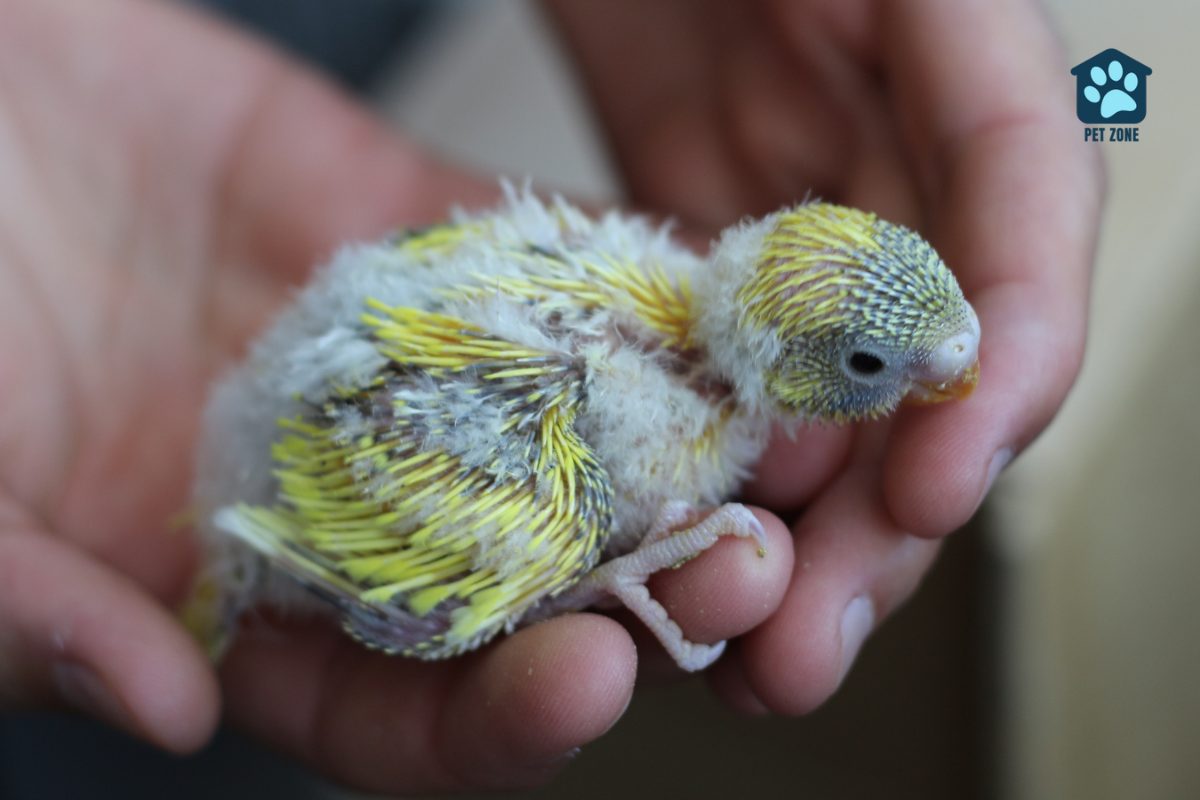
Gradual introduction to your presence
When you bring your parakeet home, give it time to settle in its new environment. Let the bird acclimate to its surroundings and minimize disturbances. Here are some tips for gradually introducing your presence to build trust:
- Spend time near the cage without making sudden movements or loud noises.
- Sit close by and talk softly so your parakeet gets used to your voice.
- Offer treats through the cage bars to associate your presence with positive experiences.
- After a few days, open the cage door and let the parakeet explore at its own pace while you stay nearby.
- Slowly extend your hand toward the bird without making sudden gestures.
- Work your way up to spending at least an hour each day with your bird.
The power of soft speaking and gentle movements
When interacting with your parakeet, remember the power of soft speaking and gentle movements. Speaking to your bird in a calm and friendly voice helps it feel safe and form a bond with you.
Similarly, moving slowly around your parakeet can help create a peaceful environment, making it feel secure and at ease in its surroundings.
Using treats for positive reinforcement can also encourage trust-building during training sessions. Additionally, being patient and consistent in your approach will go a long way in establishing trust with your pet bird.
Embracing these practices will aid in strengthening the bond between you and your parakeet as you navigate the journey of building trust and companionship.
Using treats for positive reinforcement
When training your parakeet, using treats for positive reinforcement can be really helpful. It’s important to associate the treat with good behavior from your bird. Start by offering the treat immediately after your parakeet follows a command or demonstrates desired behavior.
This helps them understand that they are being rewarded for doing the right thing, and it encourages them to repeat this behavior in the future. Make sure to use their favorite foods as these will be most effective in reinforcing positive behaviors.
Once your parakeet starts associating certain behaviors with receiving a tasty reward, you can gradually reduce the frequency of giving treats while still maintaining positive reinforcement through verbal praise and affectionate gestures towards them.
If you’re looking for the perfect treat for your budgie, check out this millet spray that other bird owners rave about!
This millet spray will blow you away! Customers rave over the freshness and quality of it. Plump seeds, no filler, and super healthy for your bird. The only downside is the price--but you get what you pay for in this case. Best used as a treat to make your new budgie happy!
- Non-GMO and Pesticide Free
- No Stems, Only Edible Tops
- Very Fresh and High Quality
- Expensive
Training your parakeet to perch on your finger
To train your parakeet to perch on your finger, follow these steps:
- Use gentle movements when putting your hand near the cage, allowing the parakeet to acclimate to your hand being close by.
- Offer treats through the cage bars using slow movements, allowing the parakeet to approach and take them from your fingers.
- Once the parakeet is comfortable taking treats from your fingers through the bars, start offering treats while slowly moving your hand inside the cage.
- As trust builds, encourage the parakeet to step onto a small stick or perch held by you before attempting finger perching.
- When the parakeet is confident with perching on a stick, gently transition to offering your finger as a perch for it.
Recognizing and Respecting Boundaries
Be attentive to your parakeet’s body language and signals to understand when it needs space or is feeling uncomfortable. This will help you build trust by respecting its boundaries and creating a safe environment for interaction.
Interpreting your parakeet’s body language and signals
Pay attention to your parakeet’s body language and sounds as they communicate their feelings in these ways. A relaxed and calm demeanor signifies comfort with your presence. Watch for vocalizations like chirping, whistling, or singing that reveal their mood.
Understanding these signals is vital for building trust and deepening the bond with your parakeet.
Recognizing and respecting boundaries are crucial aspects of establishing trust and a strong relationship with your bird. By being attentive to their body language and sounds, you can ensure that you’re creating a safe and comfortable environment for them to thrive in.
Overcoming Challenges
Addressing your parakeet’s fear or reluctance requires patience and understanding. By following proven techniques, you can help your parakeet overcome challenges and build a trusting relationship with you.
Ready to learn more? Keep reading for actionable guidance on how to bond with your feathered friend.
What to do if your parakeet is scared or reluctant
If your parakeet is scared or reluctant, try these steps to help it feel more comfortable:
- Create a calm environment by minimizing noise and sudden movements around the cage. Soft music or soothing background sounds may also help.
- Maintain a consistent routine for feeding, playtime, and interaction to build trust and familiarity.
- Offer treats as positive reinforcement for calm behavior and gradually introduce new toys or activities to reduce fear.
- Spend time near the cage without direct interaction, talking softly to your parakeet to show companionship without pressure.
- Observe your parakeet’s body language for signs of distress or discomfort and adjust your approach accordingly.
- If your parakeet retreats to a specific area when scared, respect its space and avoid overwhelming it with attention.
- Avoid sudden movements or loud noises that could startle your parakeet and erode trust.
- Provide hiding spots within the cage where your parakeet can feel secure during moments of anxiety.
- Gradually introduce new experiences, such as being handled or exploring outside the cage, respecting your parakeet’s pace while offering reassurance through calm interactions.
- Consult with an avian veterinarian if persistent fear or reluctance persists despite efforts to create a safe and nurturing environment for your pet bird.
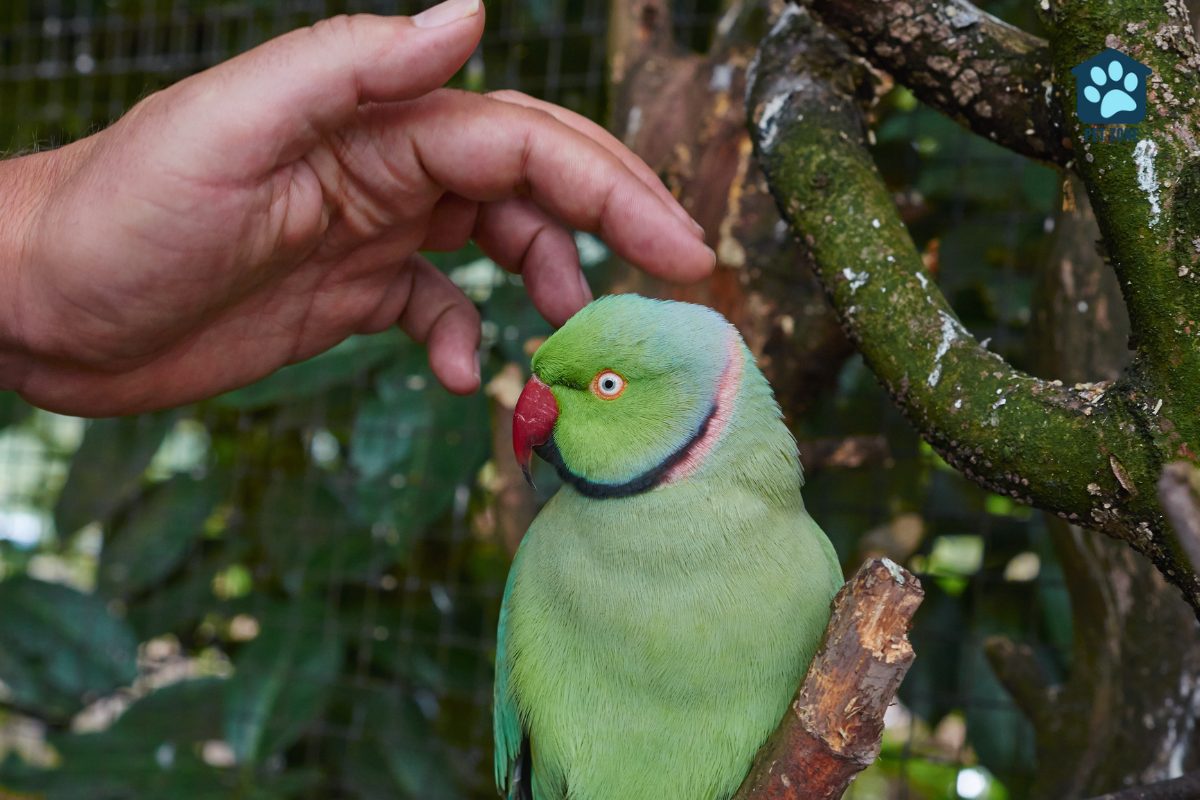
Conclusion
Building trust with your parakeet involves spending time around them and getting them used to your voice and presence. Positioning the cage in a calm setting can help your parakeet see you as a friend.
Teaching your parakeet that your hand is not a threat is essential for gaining its trust. By sitting near their cage and talking quietly to them several times a day, you can build trust with your budgie.
Emphasizing patience and consistent interaction will lead to bonding with your pet bird. Additionally, recognizing and respecting boundaries based on their body language is crucial in establishing trust.
These practical steps are key to developing a loyal friendship with your beloved bird companion.
As an Amazon Associate I earn from qualifying purchases.
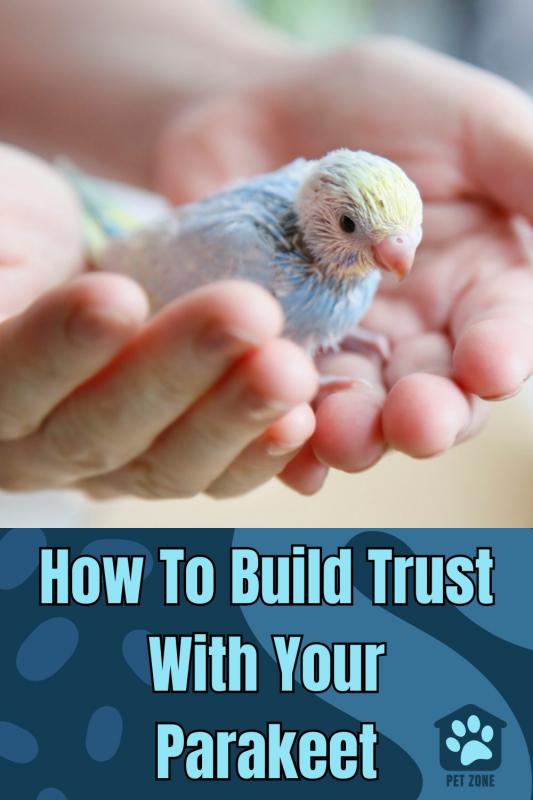


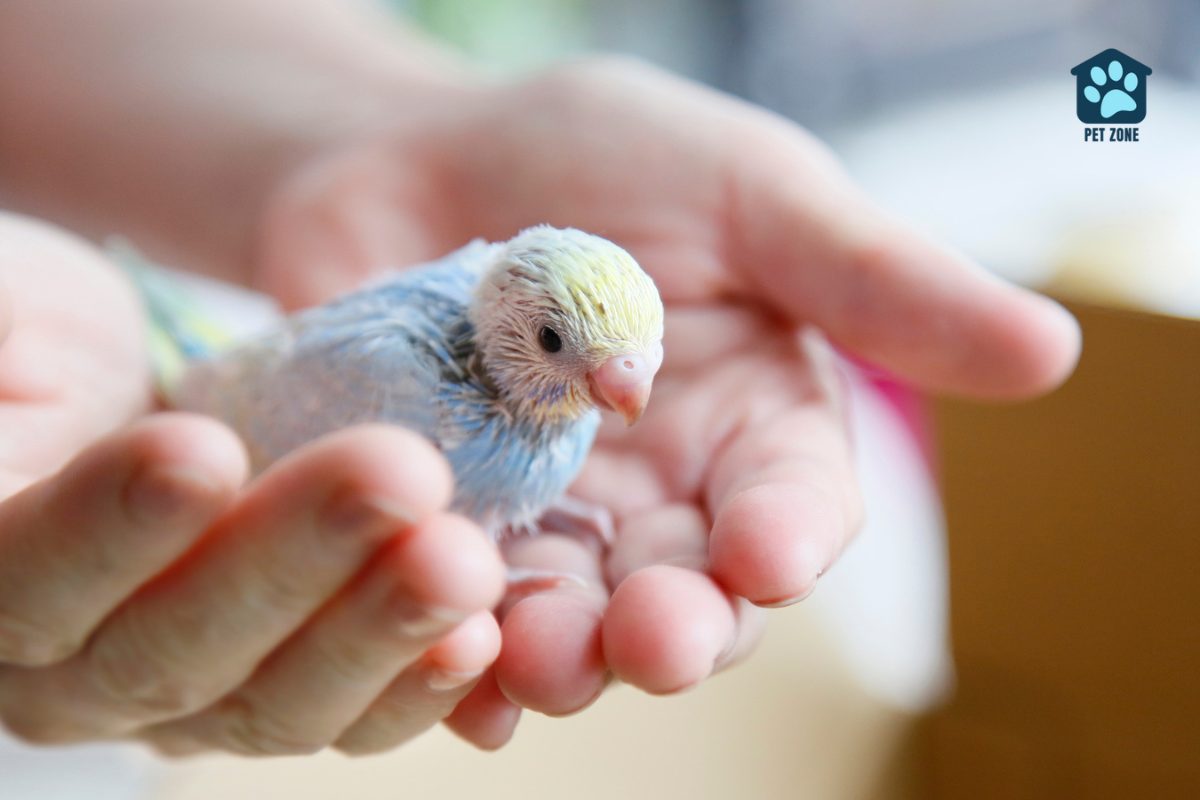

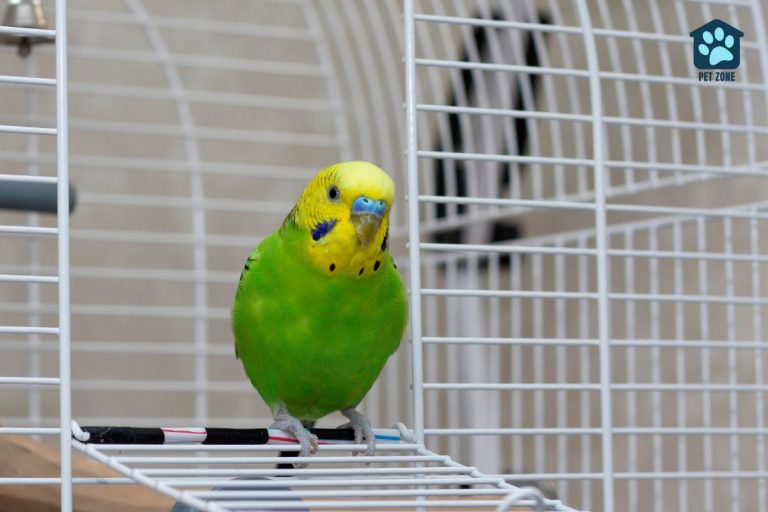
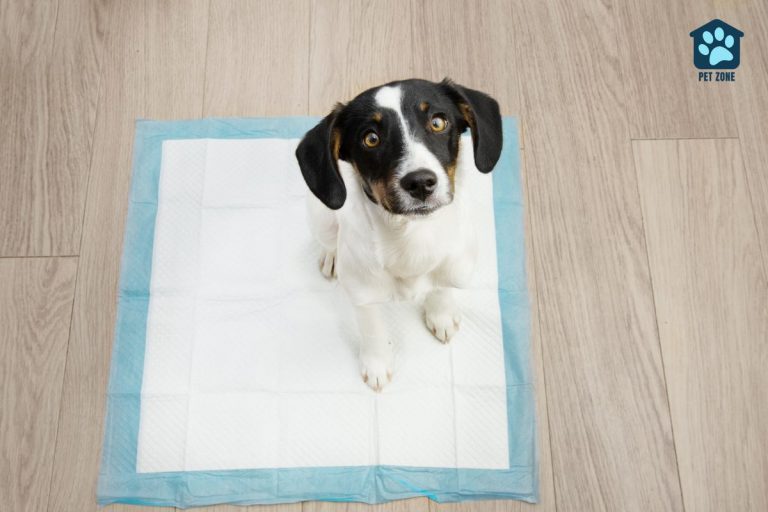
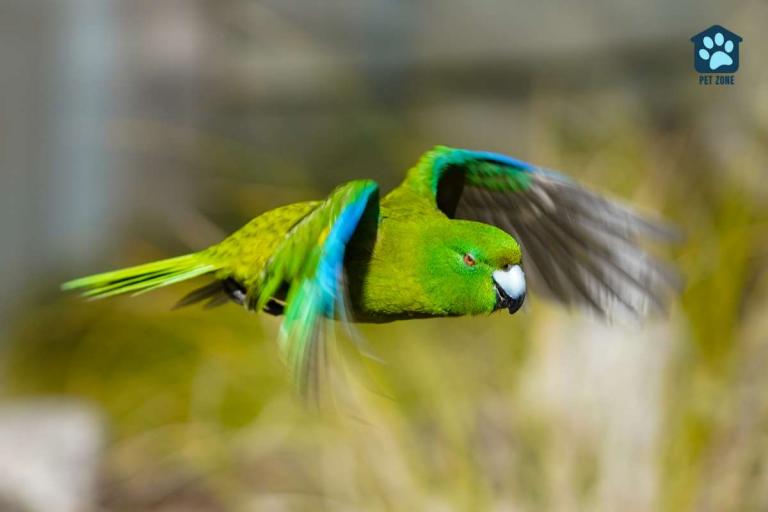
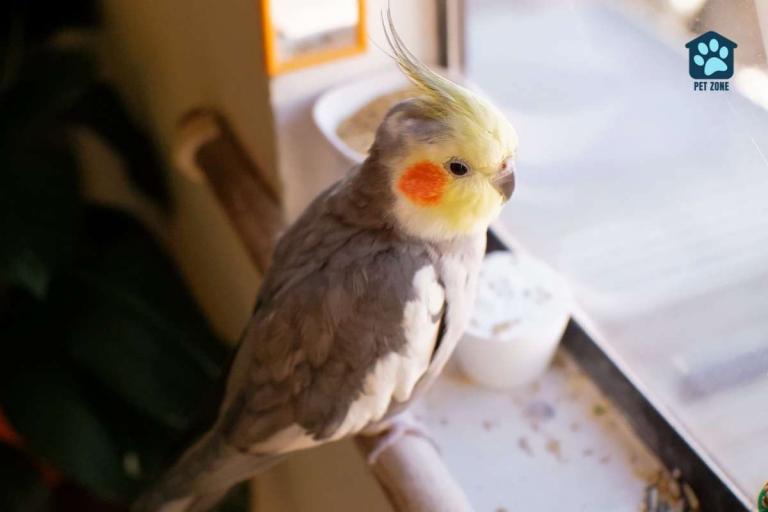

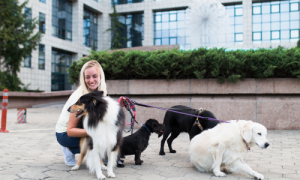
I used to have lots of parakeets. The baby parakeets that I feed from my own hand are usually very tame.
Ohhhh, I love birds. That’s my favorite section at the pet store. And everytime it gets harder to talk myself out of a new bird (especially that cool parrot that is always there and comes right to me!)